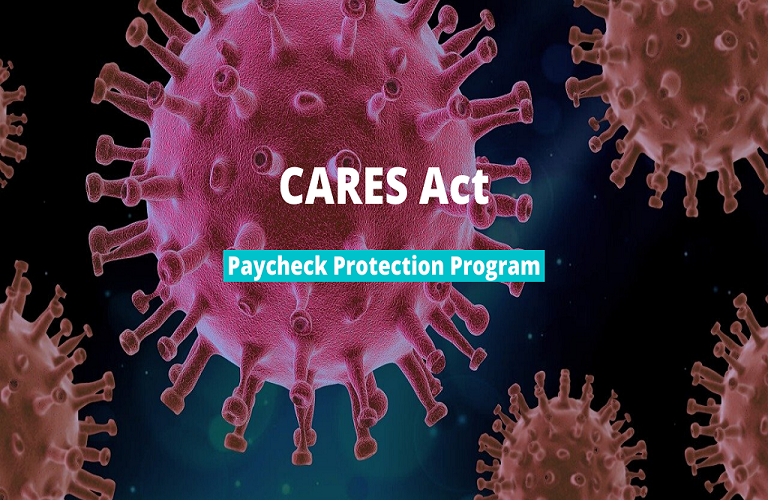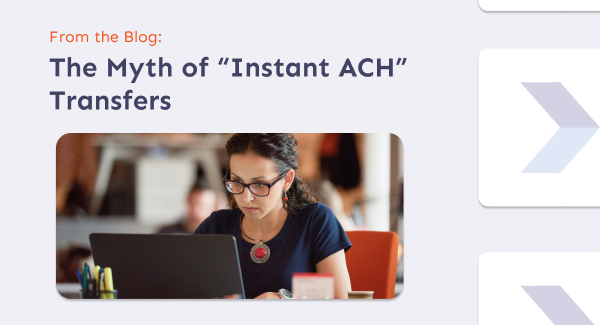SBA Paycheck Protection Program: What Small Businesses Need To Know

As daily number of new confirmed Coronavirus cases continues to rise in the US, you may be seeing lockdown in major cities, stay at home orders, updates about business loans and guidelines to slow the spread of the disease – all of which are affecting your business.
Due to this, most of the business owners in the USA finding it challenging to manage their payrolls, improve cash flow and keep their small businesses afloat. The focus of most businesses is now on keeping their staff healthy, protecting employees and managing supply chain disruptions caused by the efforts to contain the spread of COVID-19.
Need a lifeline? To aid businesses and their employees during the coronavirus, the federal government has stepped up to offer Paycheck Protection Program Loans.
What is the Paycheck Protection Program?
The U.S Small Business Administration launched the Paycheck Protection Program on 3rd April, the Coronavirus Aid, Relief, and Economic Security Act (CARES) signed into law by President Donald Trump on 27th March set aside $349 billion for a new small business loan program.
This program provides 100% federally guaranteed loans to businesses to maintain their payroll and other operational expenses during this emergency. Whether you are a small business, sole proprietor, or any business entities affected by COVID19, you can leverage the benefits of this program.
If businesses keep up their payroll, the credits would be pardoned, which would assist employees to remain employed, just as help affected small businesses and our economy to snap-back speedier after the emergency. These loans are given by banks, credit unions, and alternative lenders.
What are the qualification requirements for Paycheck Protection Program?
The requirements for Paycheck Protection Program loans are quite easy and simple.
Starting April 3, 2020, any small business with fewer than 500 employees may be eligible. This includes small business, sole proprietors, S Corporations, C Corporations, LLCs and private non-profits. Whereas independent contractors and self-employed individuals can apply for PPP to cover their payroll and certain expenses through existing SBA lenders from April 10, 2020.
Your business must have been operational by February 15, 2020, to qualify for the loan. The “secured period” for these advances will run from February 15 to June 30, 2020. Moreover, you can borrow the money if you are 501(c) (3) non-profit with fewer than 500 workers or some 501(c) (19) veteran organization experiencing revenue disruption as a result of COVID-19.
How to Apply for a Paycheck Protection Program Loan?
Applying for a PPP Loan is an extremely simple process. Small business owners can apply through existing SBA 7(a) individual lenders such as banks, credit unions and some online lenders will make SBA guaranteed loans as part of the program. There are many alternative lenders who are preparing to accept the application for Paycheck Protection Program loan. Businesses in the USA & Canada can access Forwardly to gain valuable insight on potential financing options available to theme.
The Paycheck Protection Program loans don’t come directly from the SBA but from individual lenders. Instead of SBA, the lender will review your application and check all the essential documents to see whether your small business is fulfilling all the requirements for the loan.
To successfully apply and get a loan, a wide variety of documents may be accepted depending on the business and lender. Most common documents that might be requested are:
- Basic business information (including business name, address, and tax ID number)
- Business start date
- Bank account and routing number
- Most recent mortgage or rent statement
- Most recent utility bills
- Payroll expense verification documents :
- IRS forms 940 and 941
- Payroll summary report with corresponding bank statements
- Breakdown of payroll benefits (vacation, allowance for dismissal, group healthcare benefits, retirement benefits, etc.)
- 1099s (if you are an independent contractor)
- A purpose for the loan (Payroll, rent/mortgage interest, utilities)
- Twelve-month profit and loss statement
- Certification that all employees live within the United States
What are the terms of a Paycheck Protection Program Loan?
The maximum loan amount under PPP loans can be 2.5 times the average monthly payroll costs, and they cannot exceed $10 million. The interest rate for these loans is set at a fixed 1% rate and maturity of two years. Moreover, these loans are available to cover up to eight weeks of average monthly payroll plus 25% and payments are deferred for six months (interest does accrue).
Loan dispensed under this program will have the below terms:
- No personal guarantee
- No collateral
- Lenders are expected to defer fees, principal, and interest between six months to one year.
- No borrower or lender fees payable to SBA
- First payment deferred for six months
What is Paycheck Protection Program Forgiveness?
The Paycheck Protection Program makes a kind of crisis loan that can be excused when used to maintain payroll through June and grows the network past SBA with the goal that more lenders can give those loans. The essential reason is to boost small businesses to not lay off employees and to rehire laid-off specialists that lost jobs due to the COVID-19 emergency.
Under this program, the SBA will pardon the part of the loan continues utilized for payroll costs and other assigned operational costs for as long as about 8 weeks, gave in any event 75% of loan continues are utilized for payroll costs.
The following remuneration is viewed as qualified payroll costs under this program:
- Salary, wage, commissions, or similar compensations
- Utilities such as electricity, gas, water, transportation, phone and internet access
- Payments for group health care benefits, including insurance premiums
- Mortgage interest and rent payments
- Payment for sick, vacation, parental, family, or medical leave
- Additional wages paid to tipped employees
Since the SBA expects a high number of candidates for PPP credits, close to 25% of the excused sum can be for non-payroll costs (i.e., mortgage interest, lease, and utilities). If your business has laid off employees that will likewise influence how much your credit can be pardoned. The absolute impact on your PPP loan’s forgiving qualification relies upon some complex math that your lenders can walk you through to offer you the specific answer for your business.
How Much Can I Borrow Thorough A Paycheck Protection Program Loan?
Small businesses can borrow up to 2.5 times their average monthly payroll costs, not exceeding $100K per employee and $10 million per business. If you want the SBA to forgive your loan, you should keep up your payroll, or rehire the workers you laid off during the starting weeks of the COVID19 by June 30.
How to Calculate a PPP Loan?
Let’s for the past financial year, you made $60,000. Going through the steps would look like this:
Step 1 – the aggregate payroll costs from the last 12 months – $60,000
Step 2 – Calculate average monthly payroll costs by dividing total amount by 12
$60,000/12 = $5,000
Step 3 – Multiply the average monthly payroll costs by 2.5
$5,000*2.5= $12,500
So your average monthly payroll costs are $5,000 and the maximum amount of your loan is $12,500. Above are just simple calculations and if you have received SBA EIDL after 1/31/2020, that amount need to be adjusted up to 10K.
| Keep getting bad loan terms? Forwardly helps you improve your cash flow position, so you can get more financing and pay less interest. Sign up now for free. |


